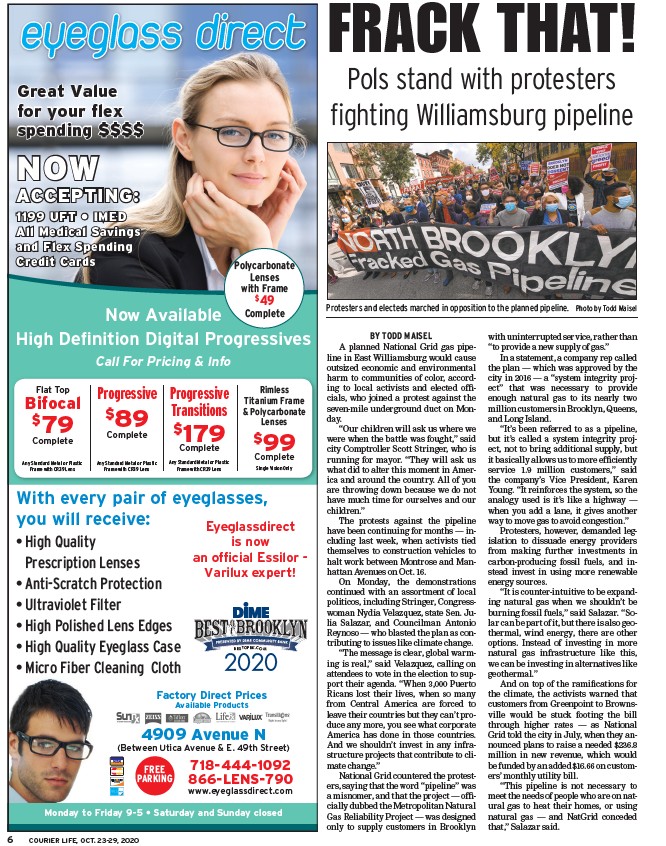
����������������������
��������������������������
��������������������������
��������
��������������������
������������������������������
����������������������������������������
������������������������������������
������������������������
��������������������������
������������������������������������������������������������������������
����������������������������������������������
����������������������
������
����������������
������������������������������������������������������������
����������������������������������������
������������������������
����������������������
��������
����������������
������������������������������������������������������������
����������������������������������������
��������������������������������������������������������������
����������������������������������
�������������������������������� �� �� �� �� ��
��������������������������������������
��������������������������������������������������
����������������������������������������
����������������������������������������������������
��������������������������������������������������������
����������������������������������������������������������2020
������������������������������
��������������
��������������������������������������������
������������������������������
������������������������������������������������������������������������������
����������
��������������
����������������
��������������
������
����������������
������������������������������������������������������������
����������������������������������������
COURIER L 6 IFE, OCT. 23-29, 2020
FRACK THAT!
Pols stand with protesters
fi ghting Williamsburg pipeline
Protesters and electeds marched in opposition to the planned pipeline. Photo by Todd Maisel
BY TODD MAISEL
A planned National Grid gas pipeline
in East Williamsburg would cause
outsized economic and environmental
harm to communities of color, according
to local activists and elected offi -
cials, who joined a protest against the
seven-mile underground duct on Monday.
“Our children will ask us where we
were when the battle was fought,” said
city Comptroller Scott Stringer, who is
running for mayor. “They will ask us
what did to alter this moment in America
and around the country. All of you
are throwing down because we do not
have much time for ourselves and our
children.”
The protests against the pipeline
have been continuing for months — including
last week, when activists tied
themselves to construction vehicles to
halt work between Montrose and Manhattan
Avenues on Oct. 16.
On Monday, the demonstrations
continued with an assortment of local
politicos, including Stringer, Congresswoman
Nydia Velazquez, state Sen. Julia
Salazar, and Councilman Antonio
Reynoso — who blasted the plan as contributing
to issues like climate change.
“The message is clear, global warming
is real,” said Velazquez, calling on
attendees to vote in the election to support
their agenda. “When 3,000 Puerto
Ricans lost their lives, when so many
from Central America are forced to
leave their countries but they can’t produce
any more, you see what corporate
America has done in those countries.
And we shouldn’t invest in any infrastructure
projects that contribute to climate
change.”
National Grid countered the protesters,
saying that the word “pipeline” was
a misnomer, and that the project — offi -
cially dubbed the Metropolitan Natural
Gas Reliability Project — was designed
only to supply customers in Brooklyn
with uninterrupted service, rather than
“to provide a new supply of gas.”
In a statement, a company rep called
the plan — which was approved by the
city in 2016 — a “system integrity project”
that was necessary to provide
enough natural gas to its nearly two
million customers in Brooklyn, Queens,
and Long Island.
“It’s been referred to as a pipeline,
but it’s called a system integrity project,
not to bring additional supply, but
it basically allows us to more effi ciently
service 1.9 million customers,” said
the company’s Vice President, Karen
Young. “It reinforces the system, so the
analogy used is it’s like a highway —
when you add a lane, it gives another
way to move gas to avoid congestion.”
Protesters, however, demanded legislation
to dissuade energy providers
from making further investments in
carbon-producing fossil fuels, and instead
invest in using more renewable
energy sources.
“It is counter-intuitive to be expanding
natural gas when we shouldn’t be
burning fossil fuels,” said Salazar. “Solar
can be part of it, but there is also geothermal,
wind energy, there are other
options. Instead of investing in more
natural gas infrastructure like this,
we can be investing in alternatives like
geothermal.”
And on top of the ramifi cations for
the climate, the activists warned that
customers from Greenpoint to Brownsville
would be stuck footing the bill
through higher rates — as National
Grid told the city in July, when they announced
plans to raise a needed $236.8
million in new revenue, which would
be funded by an added $16.66 on customers’
monthly utility bill.
“This pipeline is not necessary to
meet the needs of people who are on natural
gas to heat their homes, or using
natural gas — and NatGrid conceded
that,” Salazar said.
����������������������������
��������������
����������������������
��������
����������������
����������������
������������������������������
��������������������������������
������������
������
����������������
������������������������������������
��������������������������������������������
������������������������������������
��������������������������
������������������������
������������������������
��������������������������������������������
��������������������������������������������������������������������������������������������������